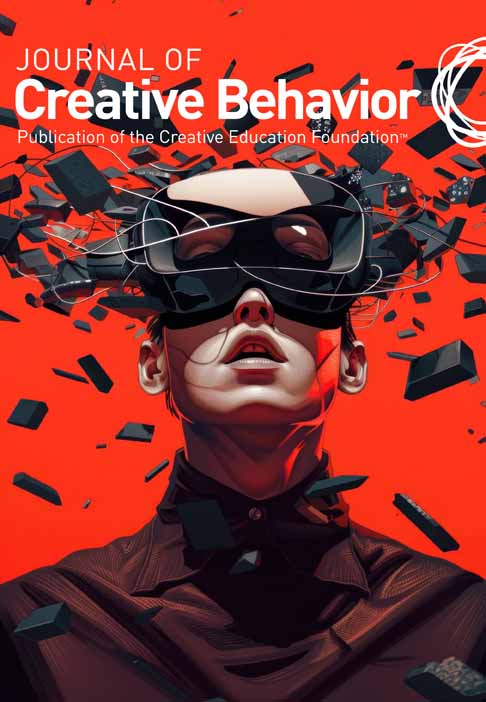Creative Learning and Expression in College Classrooms Across Different Cultures
Funding: Fulbright Specialist Awards for 2015 (China) and 2017 (Canada) were from the J. William Fulbright Foreign Scholarship Board, U.S. Department of State's Bureau of Education and Cultural Affairs, Washington, DC. Virginia Tech awarded the author grants in 2015 for the research conducted in China and in 2019 for Australia.
ABSTRACT
Creativity and learning have long been connected in scholarship, with emphasis on developing and facilitating personal creativity. For this Fulbright-sponsored, exploratory qualitative study, I aimed to understand how college students construct meaning of creativity where contextual constraints exist using Kaufman and Beghetto's Four C Model of Creativity. Based on an international case study, the research question was, What forms of student creativity might emerge in constrained college classroom environments? I describe creativity concepts and provide an application from my program Creativity Under Duress in three countries. Methodologies were adapted from educational psychology to discover whether creative expression could manifest in difficult situations. Undergraduate and graduate students (N = 152) in education and humanities courses participated in four creative activities: written response to prompts, personal creativity essay, 3D paper poster, and 4-Cs presentation script. Student responses to my intervention paradoxically showed genuine creative engagement despite high-pressure, test-driven contexts and with time limits on each activity. This was the greatest outcome associated with revealing creativity in classrooms across different cultures.
Conflicts of Interest
The author declares no conflicts of interest.
Open Research
Data Availability Statement
Additional study data are available in Mullen (2020).




